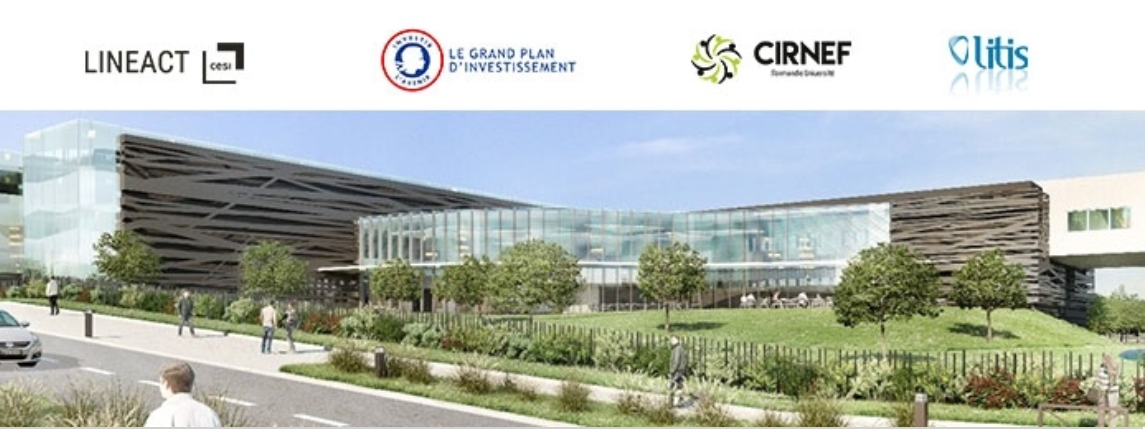Situations-Technologies mobiles d’apprentissage à haut potentiel pour l’Université
Notre recherche « Mobility and ubiquity ressources for learners and teachers » (faite dans le cadre du projet Learning Infrastructure) est terminée. L’un de nos buts était de déterminer des usages de technologies mobiles ayant un grand potentiel d’utilisation dans des situations d’apprentissage et d’enseignement.
Un billet précédent de notre blog (19.12.2013) faisait état des premiers résultats de cette analyse. Nous pouvons maintenant vous faire part des résultats complets trouvés. Ci-dessous les conclusions globales du rapport final du projet « Exploration of high potential in Mobile Learning Technologies-Situations for Higher Education« .
A conclusion of our survey is that the potential of mobile learning is installing in the Higher Education context. A first direction of mobile potential is to let students come in the classroom with their mobiles. Without much work, mobile situations-technologies can be made available around the classroom. Even if little use is then made of the portability of mobile devices, various “mobile” scenarios can play a valuable role in instructionist settings as enrichers of a blended learning environment. Different learning activities can be developed: podcasts about course activities (information and awareness functions); podcasts and textbased minilessons for lectures’ extension, mostly after the classroom (repetition and memorization functions); students’ progress monitoring and/or quizzes about learning objectives (formative evaluation function).
Our survey also indicates that a second big potential of mobile learning technologies is to develop more situated, constructionist and collaborative approaches. Considering the examples that were given above, it needs to be acknowledged that this second direction is based on learning and teaching scenarios that are rarely typical in higher education today. Representative
environments of the current education are organized in standardized classrooms and libraries which hardly provide affordances for situated, collaborative and constructionist learning.
It means that mobile devices can help to open up these narrow teaching centred settings and connect them with the outer world. However, it should become clear that the key in achieving these goals is not the implementation of mobile technologies, but the creation of rich pedagogical scenarios, linking the different strategies outlined in this survey, and the training to make people aware of their potential.

